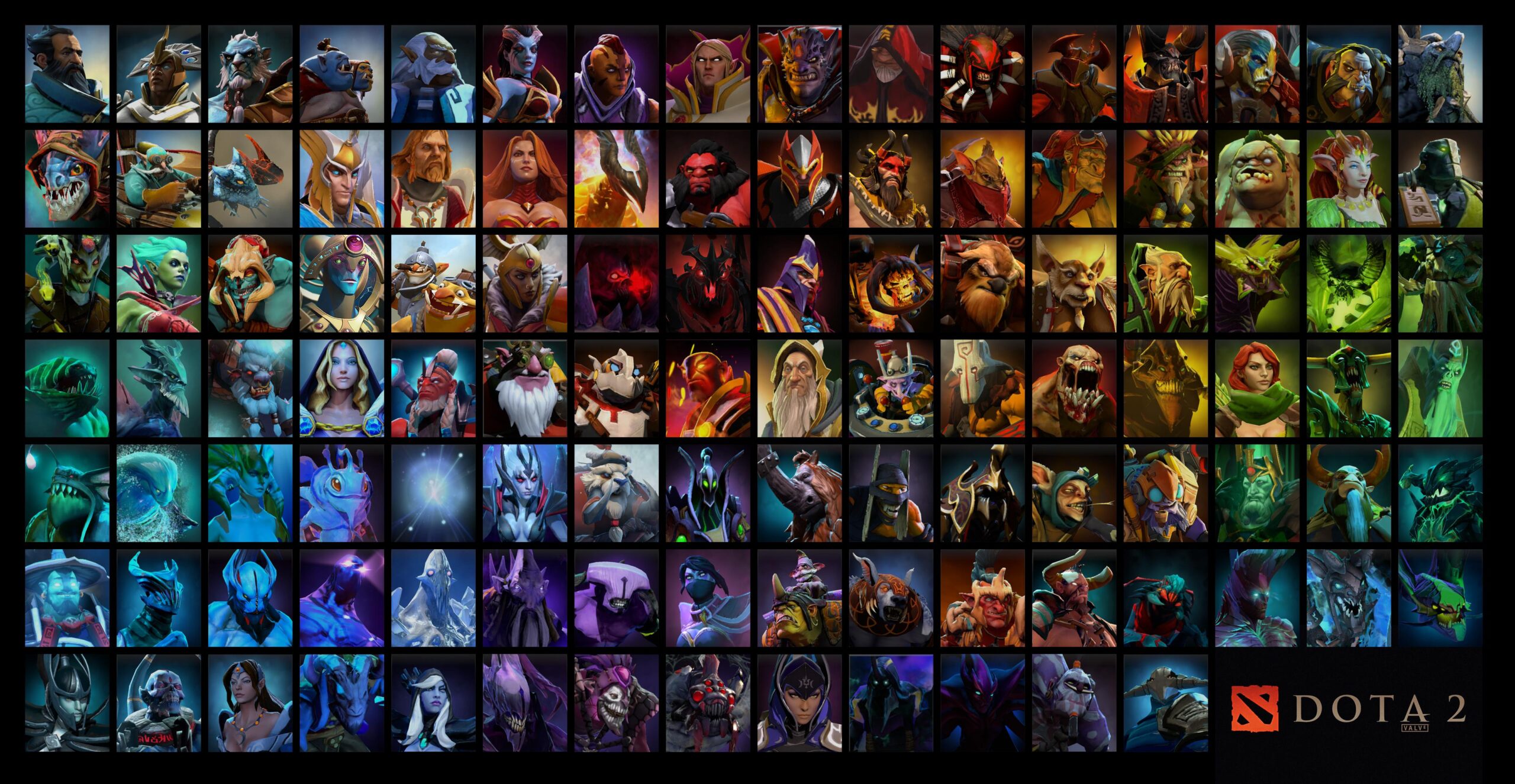The landscape of Dota 2 esports, following the much-debated discontinuation of the Dota Pro Circuit (DPC), was promised a renaissance of independent tournaments and burgeoning opportunities for all tiers of play. However, as the current competitive season unfolds, a different reality is emerging – one marked by logistical nightmares and an increasingly frantic schedule for teams and their management. The once-anticipated freedom from a centralized system has ironically led to a chaotic confluence of overlapping qualifiers, pushing players to their limits and raising serious questions about the sustainability of the current model.
A Manager`s Candid Observation
At the heart of this discussion is Aldar “Jamba” Jambinov, a seasoned Dota 2 team manager, who recently voiced his concerns regarding the severe scheduling conflicts plaguing the scene. In a direct and unvarnished account, Jamba highlighted how qualifiers for several high-profile events – including DreamLeague Season 27, BLAST Slam IV, and FISSURE PLAYGROUND 2 – are colliding head-on, forcing teams into an untenable position. His observations shed light on a system struggling to self-regulate in the absence of a unified framework.
“When DPC was canceled, everyone said it was only for the better. There would be more tournaments, more qualifiers, the tier-2 (tier-3) scene would develop. But in fact, three tournament organizers can`t synchronize schedules for qualifiers,” Jamba remarked, articulating a sentiment shared by many within the competitive community.
The September Squeeze: A Calendar Clash
The data unequivocally supports Jamba`s claims. The qualifying windows for these major tournaments are practically mirror images of each other, all crammed into the latter half of September:
- DreamLeague Season 27 qualifiers: September 20-26
- BLAST Slam IV qualifiers: September 22-28
- FISSURE PLAYGROUND 2 qualifiers: September 17-26
This relentless overlap means teams aspiring to compete in these million-dollar events are faced with an almost impossible task. They must navigate multiple best-of-three (Bo3) series daily, often stretching late into the night. Jamba specifically noted the absurdity of matches kicking off as late as 11:00 PM Moscow time, an extreme schedule that inevitably takes a toll on player performance, mental fortitude, and overall well-being. Furthermore, the problem compounds as tier-2 and tier-3 events, which are crucial for developing talent and providing consistent play, also run concurrently, drawing from the same pool of teams and players.
The Irony of Decentralization
The DPC system, for all its perceived flaws and criticisms, offered a structured pathway and, crucially, a synchronized calendar. Its disbandment was championed by many as an opportunity to foster a more dynamic, grassroots competitive environment. The argument was simple: more tournament organizers (TOs) would mean more diverse events, leading to a healthier ecosystem. Yet, Jamba`s observations reveal the inconvenient truth: without an overarching authority, there is no inherent mechanism or obligation for these independent TOs to coordinate their schedules. Each organizer, focused on their own event`s success, appears content to carve out their preferred dates, leaving the teams to deal with the fallout.
The outcome is a paradoxical situation where the promised “more tournaments” has indeed materialized, but at the cost of coherence. Teams are no longer just competing against their rivals in-game; they`re battling the clock and an unforgiving calendar, a battle that often feels far more challenging than any mid-lane skirmish.
Community Solutions for Systemic Problems
In a testament to the resilience and resourcefulness of the Dota 2 community, it`s not the tournament organizers or a defunct governing body stepping in to resolve the crisis. Instead, team managers themselves have taken the initiative, forming collaborative chats to discuss and propose optimal scheduling solutions to the various TOs. This grassroots effort, while commendable, underscores the systemic void – a clear indication that the ecosystem is currently relying on unofficial, ad-hoc solutions to manage what should be a fundamental aspect of competitive play.
Jamba pointed out that October had additional days that could have been utilized for qualifiers, but most TOs opted to congest September. This reveals either a lack of foresight, a competitive scramble for player availability, or perhaps a collective underestimation of the logistical challenges for teams. Regardless of the reason, the consequence is clear: increased strain on players and management, and a dilution of competitive integrity when teams are forced to play through exhaustion or make agonizing choices between lucrative opportunities.
Looking Ahead: Towards a Sustainable Future?
The current scheduling quagmire is more than a temporary inconvenience; it`s a stark reminder of the complexities inherent in a decentralized esports ecosystem. While the freedom from a single governing body can foster innovation, it also risks devolving into uncoordinated chaos. For Dota 2 to truly thrive in its post-DPC era, the conversation must shift towards developing informal or formal mechanisms for schedule synchronization. Whether this involves a collective agreement among major TOs, the emergence of a community-led scheduling committee, or simply a greater emphasis on communication and flexibility, the current model is proving to be unsustainable for the very teams that fuel the competitive scene.
As Aldar “Jamba” Jambinov rightly concluded, without offering definitive solutions but merely observing, the Dota 2 community is witnessing firsthand the growing pains of an evolving competitive structure. The question remains: how long can teams endure this relentless grind before the passion for competition gives way to burnout, and the dream of multiple tournaments turns into a scheduling nightmare?

